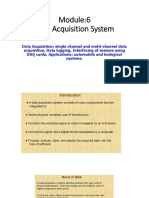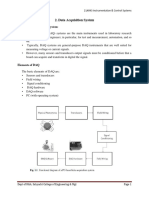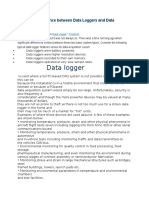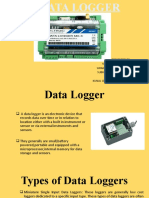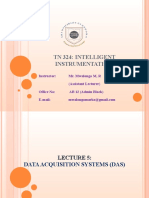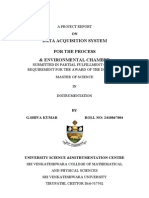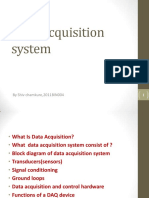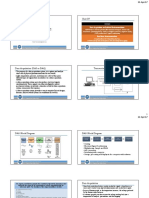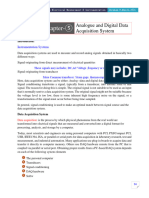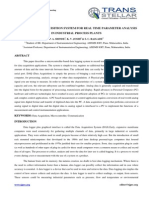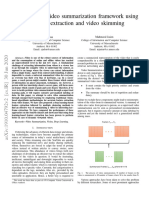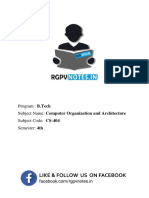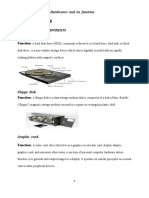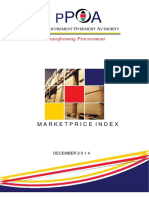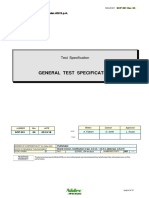0% found this document useful (0 votes)
17 views107 pagesModule 6
Module 6 covers Data Acquisition Systems, focusing on both single-channel and multi-channel data acquisition, data logging, and sensor interfacing using DAQ cards. It discusses the importance of A/D conversion, sampling rates, and the advantages and disadvantages of data loggers and DAQ systems in various applications, including automotive and biomedical fields. The module also highlights the components of a DAQ system, including sensors, microcontrollers, and wireless communication methods.
Uploaded by
roshanthiagarajanCopyright
© © All Rights Reserved
We take content rights seriously. If you suspect this is your content, claim it here.
Available Formats
Download as PDF, TXT or read online on Scribd
0% found this document useful (0 votes)
17 views107 pagesModule 6
Module 6 covers Data Acquisition Systems, focusing on both single-channel and multi-channel data acquisition, data logging, and sensor interfacing using DAQ cards. It discusses the importance of A/D conversion, sampling rates, and the advantages and disadvantages of data loggers and DAQ systems in various applications, including automotive and biomedical fields. The module also highlights the components of a DAQ system, including sensors, microcontrollers, and wireless communication methods.
Uploaded by
roshanthiagarajanCopyright
© © All Rights Reserved
We take content rights seriously. If you suspect this is your content, claim it here.
Available Formats
Download as PDF, TXT or read online on Scribd
/ 107
